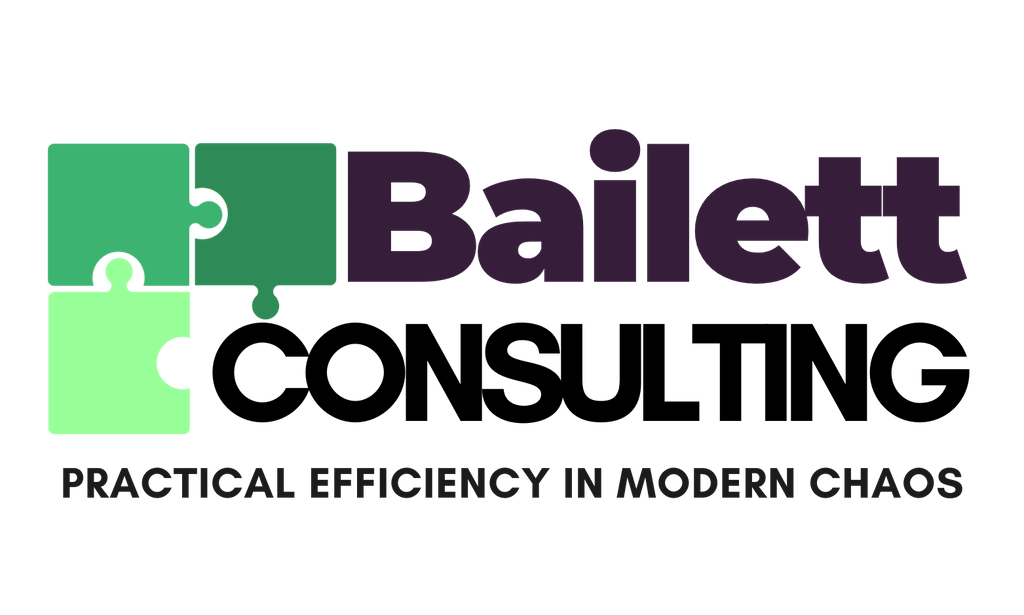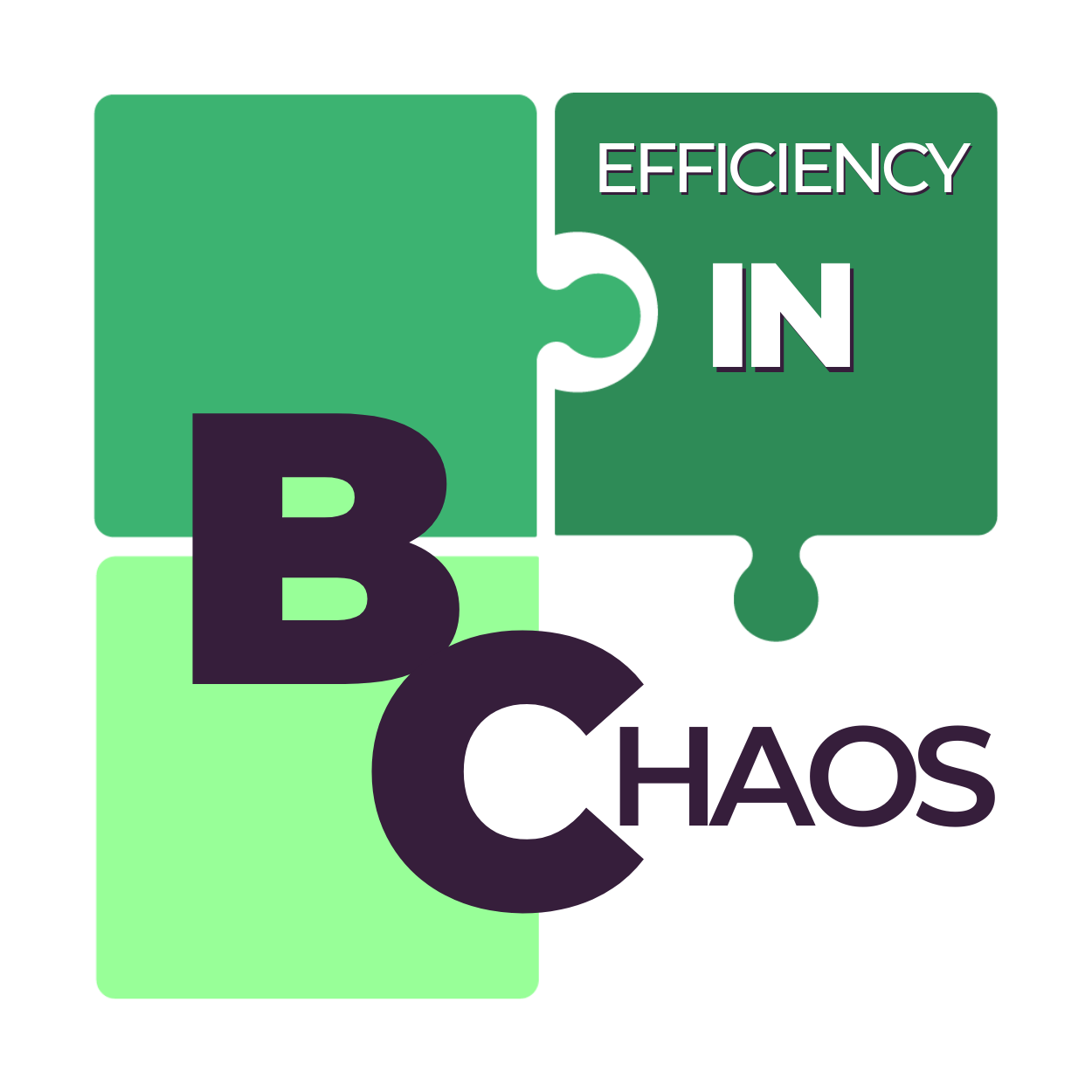Prioritization Methods for Solopreneurs and Micro-Businesses
If you are a solopreneur or a micro-business, you know that effective prioritization is crucial. With limited resources and time, and no limit of things to do, knowing how to prioritize tasks can mean the difference between success and overwhelm. Today we will explore three powerful prioritization methods. These may seem similar, maybe you have heard of them and maybe you have not. Each technique offers unique benefits to help you focus on what truly matters. These methods can be applied to your personal and professional life.
1. The MoSCoW Method
Overview:
This method categorizes tasks into four groups:
Must Have: Critical tasks that must be completed. These are the tasks that are in line with your vision and have to be completed in order to make your vision a reality.
Should Have: Important but not urgent tasks that add significant value. These tasks help to lead you toward your vision, however, are different from the tasks in the category above as they can be scheduled and are less urgent.
Could Have: These are nice-to-have tasks that can be included if time and resources allow but are not essential. Therefore, these tasks do not make or break what you are working to accomplish.
Won’t Have: (Currently) Tasks that are not a priority at the moment. These could be potential distractions or these could be tasks that are truly nonessential to complete at this time.
Application:
To apply the MoSCoW Method, list all your tasks for the week. Then, assign each task to one of the four categories. To maximize task management, utilize time management by first focusing on the "Must Have" tasks. Put these tasks in your first productive time block of that week. This way you can ensure these tasks are completed to generate and maintain business momentum. When you have completed your “Must Have” tasks you can move on to the "Should Have" tasks. Be sure to schedule these in a productive time block as well. Whether these are done in the first productive time block of the week or the second does not matter as long as these tasks come after all the “Must Have” tasks are complete. Then should time and resources allow within the week, you pick up the “Could Have” tasks in the last productive time block of the week.
Benefits:
The MoSCoW Method helps you maintain clarity and focus, ensuring you concentrate on the tasks that drive your business forward. This method is especially beneficial for people that:
Feel overwhelmed by competing demands.
Want to identify the demands that truly matter most.
Desire to focus their energy on building the vision they have for their business.
2. A Variation of the Eisenhower Matrix
Overview:
This matrix divides tasks into four quadrants based on urgency and importance:
Important / Not Urgent: These are the tasks and items that you want to do because they bring you toward your goals. This is Proactive and productive time for you – time where you are working for you and your goals. Ideally 85% of your time is to be spent here being intentional and taking productive action.
Urgent / Not Important: This classification is for those tasks and items that are urgent for someone else. Example: A boss if you have a full time job or a parent or in law that “needs” something done and it is urgent for them. Essentially, these tasks do not move you toward your goals and desires. Ideally only 5% of your time is to be spent here.
Not Important / Not Urgent: These items are things you should not be doing at all and are a total waste of your time. They do not lead you toward what you are working on and like the Urgent / Not Important quadrant it is all about what other people want from you. Ideally 5% moving to 0% of your time should be spent here.
WARNING – Urgent / Not Important and Not Important / Not Urgent can get out of control and have you building someone else’s future instead of your own.
Important / Urgent: The things that fall in this quadrant are required for you to attend to immediately and supersedes everything else. For instance, your child falls off the jungle gym and breaks their arm, getting a tow truck for your 16 year old girl that is stranded on the side of the road, or your parents, spouse or loved one have a medical emergency. These things are to be handled as they come up and often fall in line with your urgency triggers. Click HERE to read our Urgency Trigger Blog
Application:
Create a grid with four quadrants, and categorize your tasks accordingly. This visual representation helps you see which tasks you get to prioritize in order to build your own future. This method can also help to identify tasks that are not for you and tasks that are truly urgent.
Priority Matrix
Benefits:
This variation of the Eisenhower Matrix is excellent for enhancing time management skills. By distinguishing tasks and activities using this matrix you can avoid “busy work” or getting distracted by other people's “wants and needs.” Remember you want to build your future so aligning your activities accordingly will be key to reaching your long-term goals.
3. The ABCD Method
Overview:
The ABCD Method assigns letters to tasks based on their priority:
A: The task, the one task, that is top priority. This task is so vital to complete that the project or vision will not be able to move forward.
B: Important tasks that should be done soon. Ideally, these would be the tasks to be completed in the current week.
C: Tasks that are nice to complete but have low consequences if not completed. These will not break your project or vision if left unfinished.
D: Tasks that can be delegated or discarded. These are tasks you do not need to do at all.
Application:
Write down your tasks for the week and/or the month and label each with an A, B, C, or D. If you wind up with multiple A tasks, prioritize those from the most important to the not as most important. In a perfect world we want one A task, inevitably though there may be tasks you feel are equally critical to the project or vision. Tackle the A task(s) first, followed by the B tasks, and so on. This method allows for easy sorting and can be adjusted in real time should the priority shift.
Benefits:
The ABCD Method provides a straightforward and quick way to assess task importance. For solopreneurs and micro-businesses, it simplifies decision-making, ensuring that critical tasks are always completed.
Effective prioritization is essential for sustainable success, regardless of the size of your business. The MoSCoW Method, this Variation of the Eisenhower Matrix, and The ABCD Method each offer unique and similar approaches to help you manage your time and tasks more effectively. Different people will resonate better with a different method. Working through each one can help you identify which method you want to apply. By implementing these methods, you can reduce overwhelm, focus on what truly matters, drive your business forward with confidence, and create the life and business you desire.





